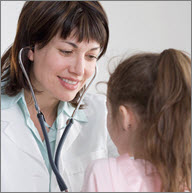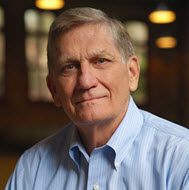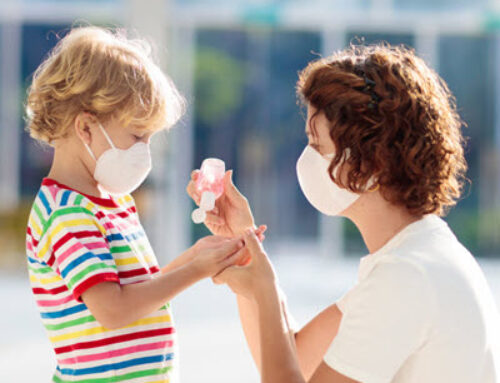I know full well that I startle some people when I state during the child and adolescent portion of my Psychopharmacology workshops that there is little to nothing new in the medication management of psychiatric disorders in this specific population. Here’s some additional supportive testimony: I haven’t seen a notice for a child and adolescent Psychopharmacology seminar cross my desk in years; there are no recent major books in this area – scholarly journal publications, yes, but not texts; and I haven’t been able to sell a seminar focused exclusively on this area for some time now.
 Age is not a factor when it comes to psychiatric disorder emergence and the psychiatric clinical communities of the world reliably agree on this. But with the notable exception of psychostimulant use in ADHD, there remains a paucity of reliable data addressing psychopharmacology in children and adolescents. Here are some of the headwinds treating clinicians face:
Age is not a factor when it comes to psychiatric disorder emergence and the psychiatric clinical communities of the world reliably agree on this. But with the notable exception of psychostimulant use in ADHD, there remains a paucity of reliable data addressing psychopharmacology in children and adolescents. Here are some of the headwinds treating clinicians face:
- Many medications are rapidly metabolized by children and have greater renal clearance, generally up to puberty. This gives rise to dosing issues. How much is too much, particularly in young children, to produce toxic effects vs. how much is too little to produce therapeutic effects.
- The role that neurotransmitter development plays in drug response rates remains very unclear. Do children’s neuronal systems manufacture serotonin, norepinephrine, and dopamine at different rates than in adults? Much is unknown here.
- For mood disorders in particular, there is the nature vs. nurture controversy, raising the question as to what extent depression in children is biological vs. environmental vs. both.
- Co-occurring disorders in children are the rule rather than the exception. Distilling a veritable hodge-podge of symptoms down to something clear-cut is all but impossible. This hinders and further complicates the development of clear rationale for medication use.
- Youth are targets for diagnostic “fads.” ADHD was the first fad diagnosis out of the gate in the ‘80s and early ‘90s. Bipolar Disorder in youth is the most recent fad and Autism is not far behind. These fads have fueled a veritable explosion of psychotropic medication use in youth which is FDA unapproved.
- Warnings such as the risk of increased suicidal tendencies in children taking antidepressants steers parents away from getting such prescriptions filled and hamstrings prescribers. Thus children who could be helped by antidepressants will never swallow even the first pill.
- The overall safety vs. efficacy conundrum issue weighs heavily on prescribing practices and has parents and caretakers wondering whether treatment may prove to be more complicated and even worse than the presenting problem.
- Children are more sensitive to the side effects of psychotropics due to metabolism issues, lack of body mass and undeveloped adaptability skills.
There are no quick and certainly no easy solutions to any of these above issues. Youth are naturally vulnerable and need to be protected to the fullest extent from predatory medication administration. As such, any significant, measurable advances in medicating psychiatrically disturbed children will continue to progress rather slowly.





Leave A Comment
You must be logged in to post a comment.